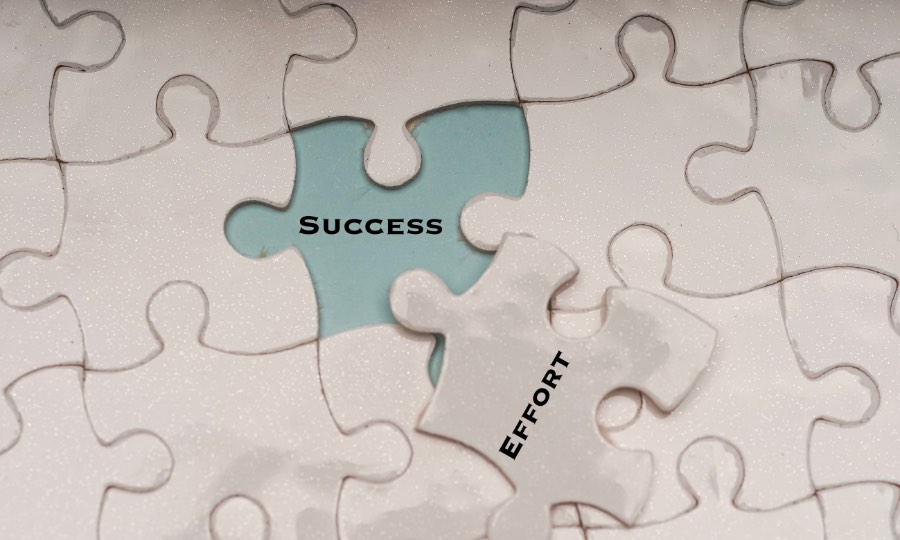Customer Effort & Loyalty: How To Reduce One & Improve Another
Offline businesses have been facing tremendous challenges for the last few years. The pandemic left them with two options: they had to either switch to online or terminate their business entirely. Most enterprises selected the first option, and we see why. Launching an online brand has been easier than ever. Functioning on the web prevents you from spending humongous amounts on renting a locale and paying substantial bills to keep everything in order.
But effortless as many may picture it, maintaining a successful company online still comes at a cost. Take customer attraction, for instance. With the burgeoning number of online businesses, the notion of customer loyalty has become ultra essential. Companies invest lots of resources in keeping their retention rates high.
As a brand owner, you want to convert more one-timers into regulars. But in pursuing a good loyalty score, you must always keep in mind customer effort. In this article, you will learn about customer effort and loyalty and get familiar with tips to secure growing loyalty levels.

Table of Contents
Defining customer effort and loyalty
In a nutshell, customer effort is a measurement of how quickly and easily it is for a client to finish the intended process. Notably, customer effort extends to many more activities than the actual purchase. It also entails things like:
- Subscribing to a channel
- Locating, reading, and running into the relevant information in FAQs
- Finding a product
- Browsing a catalog
- Creating an account
- Interacting with support representatives
Loyalty, in turn, is tightly connected with and influenced by customer effort. The more seamless the process for a client, the higher the chances they will emotionally attach to your brand and become more willing to purchase from you regularly.
Ways to determine customer effort
The Customer Effort Score (CES) is a standard metric for checking how smooth clients’ journeys are. However, you must gather enough data to calibrate and jump to conclusions. Here are simple, diverse, and practical ways to help you with data gathering and analysis.
Inspect the customer journey
Wearing customers’ shoes is the best way to experience what they go through when visiting your page and buying your products. Start the customer journey from scratch and ensure to scrutinize every step – is it logical, and does it commit to the entire browsing coherence? Is there anything that slows the process? How many times do you need to click to open a product catalog? Is your website mobile-friendly? Are visuals clear, or do they require improvements (by the way, you can wax your brand’s visual component hassle-free; click right now and get it here to learn more)? These and many other questions will let you understand your page’s strengths and weaknesses, addressing various issues momentarily.
Collect feedback
Asking people to grade their experience may not be very insightful since they will only respond to one question. Still, this quantitative method will help determine whether your page moves in the right direction. Such short feedback can come in handy upon rebranding or upgrading your page. You can also ask people to fill out more extended forms, like polls, questionnaires, and surveys. This time, however, make sure to provide clients with incentives. Vouchers, bonuses, or individual discounts will do the trick.
Talk with clients directly
Many brands communicate with their clients directly. Social media allows for reaching everyone and getting unique feedback from customers. Although more time- and labor-demanding, personal comments can cast light on crucial aspects, which may improve the business drastically.

Review data
Companies heavily rely on chatbots for a reason. AI-based chatbots help businesses fine-tune their operation, improve response rates, and reduce turnaround time. However, such bots can do more than perform the mentioned tasks. For instance, you can use them to determine gaps in your website functionality. Suppose people keep asking about the catalog update, but your system shows it’s updated. In that case, something can be off, and you might want to double-check it yourself.
Quick tips to reduce customer effort and increase loyalty
Now that you know what customer effort and loyalty mean and how to collect the necessary data, you can focus on things to help you improve the mentioned components. Following are standard tips to help you with that undertaking:
- Make interactions more smooth-flowing. Let your clients get help with any issue immediately. Place related FAQs on every page, make the navigation menu visible, and include a chatbot. Automation will allow you to streamline internal processes.
- Improve the First Call Resolution. The FCR empowers support agents to tackle issues effectively and provide swift first-hand solutions. Customers value a personalized approach and will return to the company if it treats every client seriously.
- Double down on self-service. Although prompt support is essential, most clients lean toward completing the journey individually, even if they need to do some legwork throughout the purchasing process. Therefore, ensure to provide an informative page with distinct and intuitive sections.
- Secure natural journeys. The less tiresome the trip, the higher the chances users will return to your company. For example, allow people to make quick purchases by including a no-log checkout. Also, ensure to optimize your page and the purchasing process for mobile devices.

Bottom Line
Reducing customer effort may be challenging, but it is necessary if you want to boost client loyalty and stand out in the field. You will learn more about things that affect the customer journey by approaching the topic from various angles described above.


